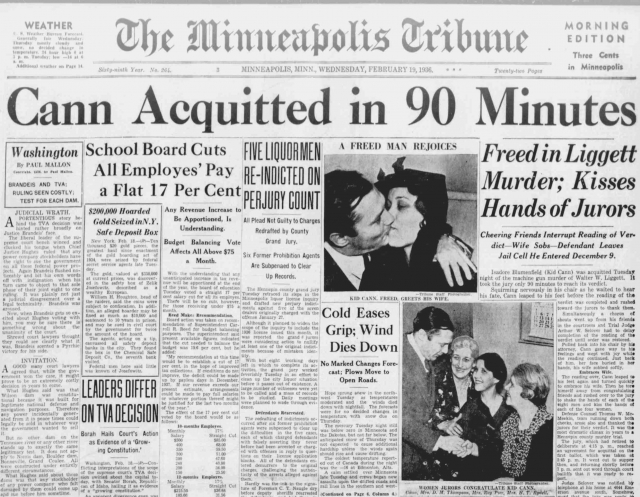The Ultimate Guide To News Articles
The Ultimate Guide To News Articles
Blog Article
About News Articles
Table of ContentsGetting My News Articles To WorkAbout News ArticlesUnknown Facts About News ArticlesGetting The News Articles To WorkNews Articles for Dummies
Excellent expertise of various topics offers pupils an one-upmanship over their peers. Also though digital and social networks are readily easily accessible, we must not forget just how crucial it is to check out the papers. Parents should try and instill the habit of checking out a newspaper as a daily routine to continue the heritage of the adored print tool.Information tales also include at least one of the following essential attributes relative to the desired target market: closeness, prestige, timeliness, human passion, strangeness, or effect.
Within these limits, news tales additionally aim to be extensive. Amongst the larger and much more respected papers, justness and balance is a significant variable in offering information.
Newspapers with a worldwide audience, for instance, often tend to make use of an extra formal style of composing. News Articles.; usual style overviews include the and the United States Information Style Book.
Fascination About News Articles
Generally, reporters will not utilize a lengthy word when a brief one will do. They utilize subject-verb-object construction and brilliant, energetic prose (see Grammar). They supply narratives, examples and allegories, and they seldom depend upon generalizations or abstract concepts. Information authors try to stay clear of utilizing the same word greater than when in a paragraph (often called an "resemble" or "word mirror").
Headlines sometimes omit the subject (e.g., "Jumps From Boat, Catches in Wheel") or verb (e.g., "Feline female lucky"). A subhead (also subhed, sub-headline, subheading, caption, deck or dek) can be either a subordinate title under the major heading, or the heading of a subsection of the write-up. It is a heading that precedes the primary message, or a team of paragraphs of the main text.

of a short article subject, source, or interviewee), it is referred to as a pulled quotation or draw quote. Extra billboards of any of these kinds might show up later in the write-up (especially on succeeding pages) to tempt additional reading. Journalistic websites in some cases use animation methods to swap one signboard for another (e.g.
News Articles for Beginners
Such signboards are likewise made use of as guidelines to the short article in various other sections of the magazine or site, or as advertisements for the item in other magazine or websites. Press launch of the Swiss federal government. Normal structure with title, lead paragraph (recap in vibrant), various other paragraphs (information) and call information.
Instance of a hard-lead paragraph NASA is recommending one more space project. The spending plan requests approximately $10 billion for the task.
The NASA news came as the company asked for $10 billion of appropriations for the task. An "off-lead" is the second most essential front page information of the day. The off-lead shows up either in the top left edge, or straight below the lead on the right. To "bury the lead" is to start the post with background that site details or information of second relevance to the visitors, compeling them to learn more deeply right into a post than they ought to need to in order to find the necessary points.
News Articles - The Facts
Usual use is that or more sentences each form their own paragraph. Reporters normally describe the company or structure of a newspaper article as an inverted pyramid. The essential and most interesting components of a tale are put at the beginning, with sustaining details following in order of reducing relevance.
It enables individuals to check out a subject to only the depth that their interest takes them, and without the charge of information or subtleties that they can consider unimportant, but still making that details readily available to extra interested viewers. The upside down pyramid structure likewise enables posts to be trimmed to any arbitrary length during layout, to suit the room offered.
Some authors start their tales with the "1-2-3 lead", yet there are many sort of lead readily available. This layout usually begins with a "Five Ws" opening paragraph (as described over), followed by an indirect quote that serves to support a major component of the first paragraph, and afterwards a straight quote to sustain the indirect quote. [] A twist can refer to multiple things: The last story current broadcast; a "delighted" story to end the program.
Longer articles, such as publication cover posts and the pieces that lead the within sections see it here of a paper, are referred to as. Function tales differ from straight information he has a good point in a number of means. Foremost is the absence of a straight-news lead, many of the time. Rather of providing the significance of a tale in advance, function authors may try to entice viewers in.
Fascination About News Articles
A function's initial paragraphs often connect a fascinating minute or occasion, as in an "anecdotal lead". From the particulars of an individual or episode, its view quickly widens to generalizations about the tale's topic.

The Editor's Toolbox: A Reference Overview for Beginners and Professionals (2001) Allan M. Siegal and William G. Connolly. The New York Times Manual of Style and Use: The Official Style Overview Utilized by the Writers and Editors of the World's Most Authoritative Newspaper (2002) M. L. Stein, Susan Paterno, and R.
Report this page